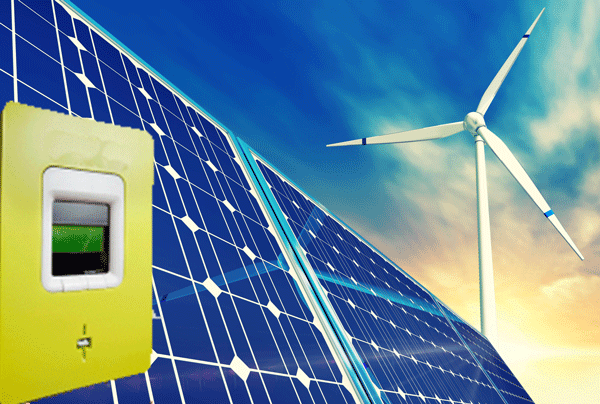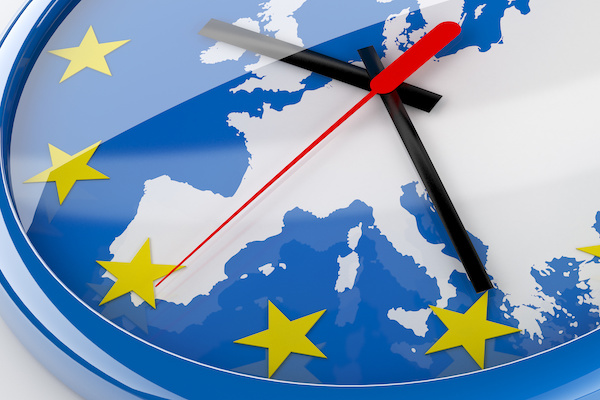09 June 2016
Demand response: a key challenge for the rise of renewable electricity


Renewable energies can be classified in at least two categories: on the one hand, the “dispatchable” means of generation (biomass, methanation, geothermal energy, and hydroelectricity to some extent), which should be understood as means whose generation can be adjusted depending on the grid’s needs, and on the other hand the energy inherently trapped in systems (wind, PV, maritime energy), whose generation can be adjusted (we then talk about capping). In order to maintain the necessary balance between demand and supply of the electricity system at all time, having the right share of dispatchable energy is obviously crucial. This has been, and remains, largely debated between experts of the electricity system’s functioning.
Renewable energies can be classified in at least two categories: on the one hand, the “dispatchable” means of generation (biomass, methanation, geothermal energy, and hydroelectricity to some extent), which should be understood as means whose generation can be adjusted depending on the grid’s needs, and on the other hand the energy inherently trapped in systems (wind, PV, maritime energy), whose generation can be adjusted (we then talk about capping). In order to maintain the necessary balance between demand and supply of the electricity system at all time, having the right share of dispatchable energy is obviously crucial. This has been, and remains, largely debated between experts of the electricity system’s functioning.
The key complementarity between all the means of generation
Two particular studies were presented during the roundtable organized by OPECST. The first one, led by EDF, shows that with the European electricity system as it is today, the share of renewable energies can be increased up to 60% (among which 2/3 would be non-dispatchable). Conducted by an electricity producer, this study is of particular interest as it is based on a large number of weather scenarios (about a hundred) and at the European scale.
The second study, conducted by ADEME – which has been largely publicized since last year – demonstrates the technical possibility of having high penetration rates of non-dispatchable RES in the French electricity system in the longer run (2050). The study analyses several scenarios with different penetration rates of renewable energies, up to 100%. It shows that reaching the highest rates while maintaining the quality of our system requires having dispatchable means of RES generation, non-dispatchable means with complementary profiles of generation, various storage technologies depending on the penetration rates of the RES at stake (pumping station, batteries, power-to-gas), and demand response.
Increasing demand intelligence
The hearing was the occasion for OPECST to analyse the discrepancy between the two studies regarding the maximal penetration rate of RES. The answer was crystal clear: by 2030, the system should move the charges related to consumption (for instance heating hot water for sanitary uses) to the generation hours of solar-generated electricity. The integration of RES in the electricity system will only be possible at low cost for electricity consumers if the system can align its demand with the fluctuations in electricity generation.
Besides, one should recall that France has one of the most flexible systems in the world in its capacity to manage demand. As early as in the 80s, the French system started managing demand by putting in place the famous Peak times/Off-peak times (Heures Creuses/Heures Pleines) which provided consumers with a price incentive to consume when the tension was lower.
Preparing for the future
In case of high penetration rate for non-dispatchable RES, the power that is instantaneously supplied will become highly dependent on weather conditions. The roll-out of smart meters is therefore meaningful in this context. Indeed, they will make it possible to transfer more precise and variable prices to the end-consumers than the HP/HC system thanks to the information system of the electricity supplier. If the meters are associated with flexible uses (hot water tanks, electric vehicle charging), the energy consumption would adjust depending on high or low-generation period, thus contributing to a more reactive management of the demand-supply balance. These smart meters are therefore crucial for the energy transition.
Find out more
02 June 2020
“Long live Europe”: it’s time for Europe!
25 February 2020
Brexit: love last 47 years


About us
The Union of the French Electricity Industry is the trade association of the French electricity sector. We bring together companies from the whole value chain of the electricity industry.
Find out more









